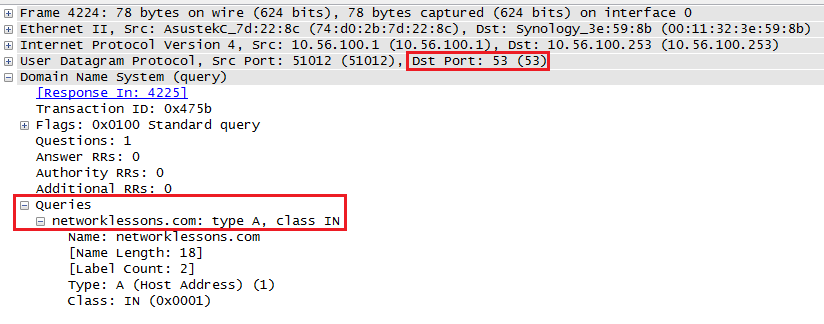

The asterisk (*): Denotes probe timeout which means that the router at that hop doesn’t respond to the packet received from the source used for the traceroute due to firewall filter. On the internet, before the data reaches its final destination, it goes through several routers and a hop occurs when an incoming packet is forwarded to the next router.

Data packets pass through bridges, routers, and gateways as they travel between source and destination. Hop: A hop is one portion of the path between source and destination. TTL: The time-to-live value, also known as the hop limit, is a mechanism that limits the lifespan or lifetime of data in a computer or network. It uses the ICMP error-reporting messages –Destination Unreachable and Time exceeded. Traceroute sends a UDP packet to the destination by taking benefit of ICMP’s messages. It traces the path of a packet from the source machine to an Internet host such as by calculating the average time taken each hop. Traceroute or Tracert: It is a CUI based computer network diagnostic tools used in UNIX and Windows-like system respectively. In some cases, this reduction can be critical (for example, some ISPs set TTL=1 for packets going directly to the subscriber to prevent the use of routers in their network).In this Post, we are going to discuss working with traceroute using UDP/ICMP/TCP packets with the help of Wireshark.
TTL WIRESHARK IP PC
When you connect this PC through the router, this value will decrease and become 55 (the dump is taken from the network interface of the PC connected to the router): When connecting directly to the ISP, the TTL is 56 (the dump is taken from the network interface of a PC connected directly to the ISP): By default, if we connect to the router to access the Internet, the TTL value will decrease by 1 when a packet passes through the router for both incoming (WAN>LAN) and outgoing (LAN>WAN) packets.įor example, let's look at network packet dumps in the traffic analyzer program Wireshark (for more information, see the articles Using the built-in network packet capture module and Capturing network packets with Wireshark) and see the TTL changes for the incoming packet (from the ISP). Keenetic routers have the ability to control the TTL value for incoming (from your ISP) and outgoing (to your ISP) packets. Discarding expired packets avoids situations where undelivered datagrams continue to circulate on the Internet forever, overloading the network (e.g., when looped routes are formed due to incorrect routing).
TTL WIRESHARK IP CODE
If the TTL field becomes zero before the datagram arrives at its destination, the datagram is discarded, and an ICMP packet with code 11 - ICMP Time Exceeded is sent to the sender. The TTL field is set by the sender of the datagram and is decremented by each node (e.g., router) along its path, according to the time spent in that device or the processing protocol. The TTL value can be understood as an upper border for the time of an IP datagram in the network. Time To Live (TTL) in computer networks is a time limit or the number of iterations or transitions for which a data set (packet) can exist before it disappears. Starting with KeeneticOS 3.1, the TTL setting is available only from the router's command-line interface (CLI).

NOTE: Important! The information in this article is for advanced users only.


 0 kommentar(er)
0 kommentar(er)
